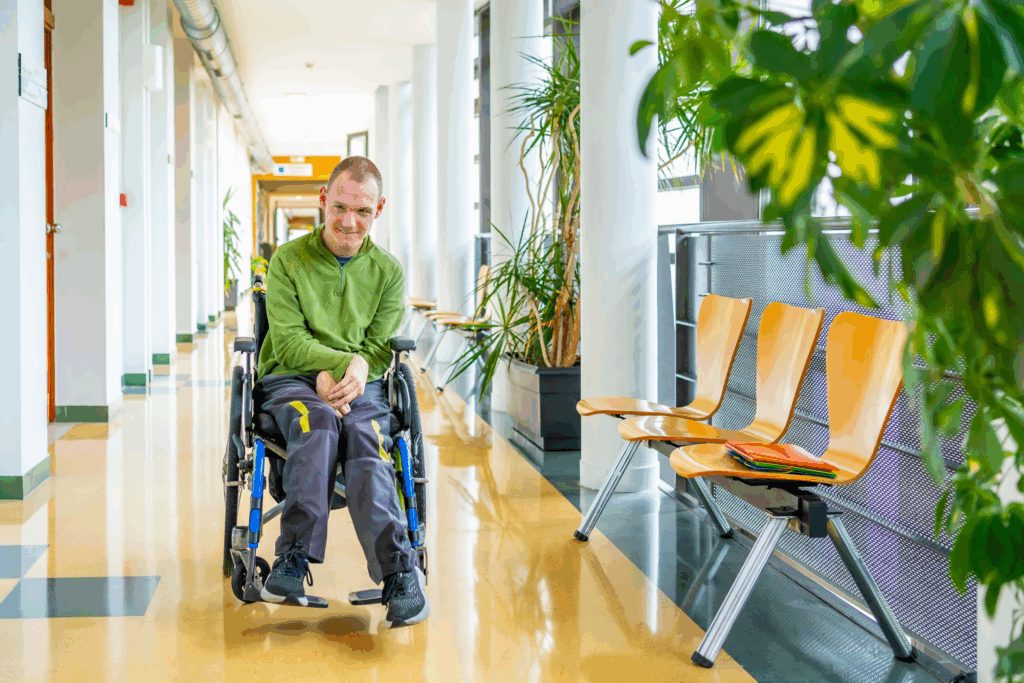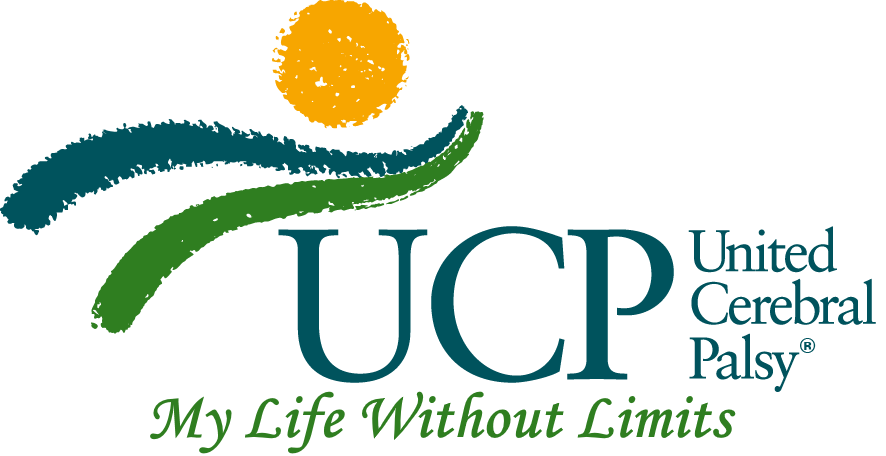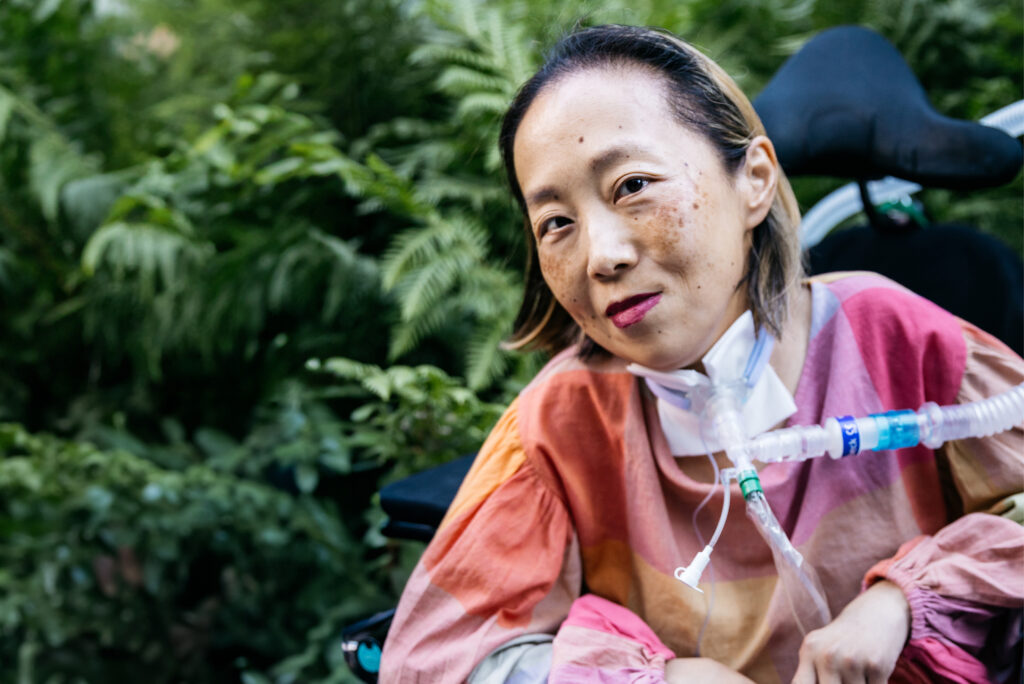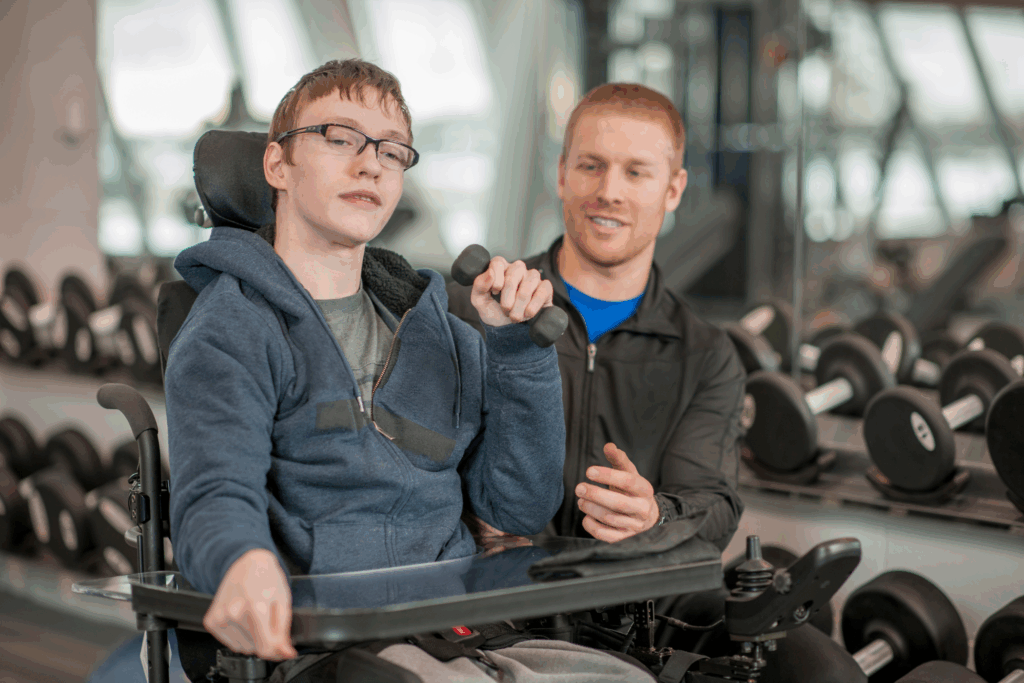By Nick Fodera
Time marches on. People age. It is an immutable fact of life for everyone, but its effects are most acutely felt among the physically disabled. For those of us with cerebral palsy, the functional pitfalls of getting older are that much deeper.
The Growing Need to Understand Aging With Cerebral Palsy

According to a 2019 South Korean study published by the National Institute of Health (NIH), the odds of CP patients having age-related conditions such as arthritis and osteoporosis can be as much as six times higher the older a patient gets, when compared to the non-disabled public. Of course, this is without considering the higher rates of obesity, asthma, heart conditions, stroke and emphysema that can be found in CP patients.
“It’s such an unheard, vulnerable population,” veteran researcher and physical therapist Mary Gannotti tells me. Gannotti has plenty of experience in this area, as she has spent the better part of a 40-year career researching and working with CP patients of all ages in the US, Latin America, Asia and the Caribbean. As she sees it, the issues of aging with CP are often overlooked, yet are a very important part of any treatment plan. “If you’re going to give families and children high-quality care, and pick the things that are most important, you need to talk to the adults.”
Health Risks for Adults With Cerebral Palsy
While the aforementioned study and others like it point toward a need for increased services for adults with CP, a more complete account of the issues facing this ever-growing community is rare, and as such, important questions are going unanswered. Luckily, retired school psychologist, published author and United Cerebral Palsy Association of Hawai’i’s Stephen Dantzig and two researchers are seeking to answer those questions.
Research and Surveys on Aging With Cerebral Palsy

In July, Dantzig published the first of three surveys that are meant to assess daily functioning for the adult CP community. He wrote about it on this blog. Broken up into seven questionnaires each, the surveys ask respondents about daily pain levels and functioning. For Dantzig and co-researchers Brian Kajiyama and Dr. Joy Mahiko, the intent behind this effort is to get a clearer idea of what life is like for CP patients after we progress into adulthood and into our autumn years in a way that’s not anecdotal, but driven by hard data and thoughtful research, curated by those with actual, lived experience.
Once enough adults with CP have responded to the surveys, Dantzig says the data will be collected, summarized and presented to various interested parties around the country. At the least, Dantzig hopes that the survey can help change some minds: “I know there’s no magic button [to fix the issue],” he tells me, “but if we can raise awareness a little more, and get more physicians and mental health professionals to be aware of cerebral palsy — that’s where we are at.” Dantzig also is hopeful that the research could lead to some kind of increase in resources available for aging patients.
Why Aging in the Cerebral Palsy Community Is Overlooked
Despite this massive undertaking to shed more light upon the older CP community, one issue can’t be solved by questionnaires and doesn’t lend itself to simple answers. Why is there less research being done on aging and elderly CP patients? Is this due to a lack of knowledge on medical professionals’ part, indifference by bean counters or something else entirely? The answer that you get to this question largely depends upon who you ask.
“I don’t think it’s purposeful avoidance,” says Dantzig. He’s seen in his research that as medical science has advanced, earlier intervention became possible, which in turn has allowed more CP patients to reach adulthood and beyond. All of this, as he sees it, means that the CP community has just as much if not more adults and elderly than children, something that he believes was difficult for doctors to expect. “It kind of snuck up on us,” he concluded.
Shifting Perceptions of Cerebral Palsy and Aging
That isn’t to say that our understanding of CP in older populations hasn’t changed. Over the past two decades, medical professionals have begun to treat it more like a progressive disorder, something that hasn’t gone unnoticed by professionals like Gannotti. “I’m seeing that people are starting to accept that fact that aging hits harder in terms of the brain and the spinal cord changes,” she says.
The Future of Support for Adults With Cerebral Palsy
Once the surveys are completed, and the data is collected, summarized and published, will there be more resources made available to older CP patients by local and federal agencies? How will the medical community at large respond to what will hopefully be a groundswell of new information?
Though the future remains unclear, it is heartening to know that advocacy for CP patients won’t stop at the age of 18, and that there are still many who believe that while getting older is an inevitable privilege, those who are disabled should do so comfortably.
“As the parent of a young adult with CP, I have spent years searching for the best care and support for my daughter,” said Michele Shusterman, cofounder of the Cerebral Palsy Research Network and project manager for the organization’s Adult CP Toolkit. This guide covers the practicalities of transitioning to adulthood, including finding housing and caregivers, self-advocacy, mental health, intimacy, and managing nutrition, sleep, and functional decline. “Now, as my daughter begins adulthood, I am grateful for all of the wisdom and practical insight this resource contains to empower her generation and those who follow.” The Adult CP Toolkit is available as a free download or you can purchase printed copies.
If you or someone you love is aging with cerebral palsy, consider participating in ongoing surveys and supporting organizations like UCP that are advancing CP research.
About the Author

Nick Fodera is a freelance writer based in Long Island, New York. Diagnosed with cerebral palsy at age 3, he has worked in the fields of journalism and public health, including the New York State and Suffolk County Health Departments. He earned his master’s degree in journalism at Hofstra University in 2018. In his free time, Nick enjoys comic books, movies, video games, and New York Yankees baseball.




